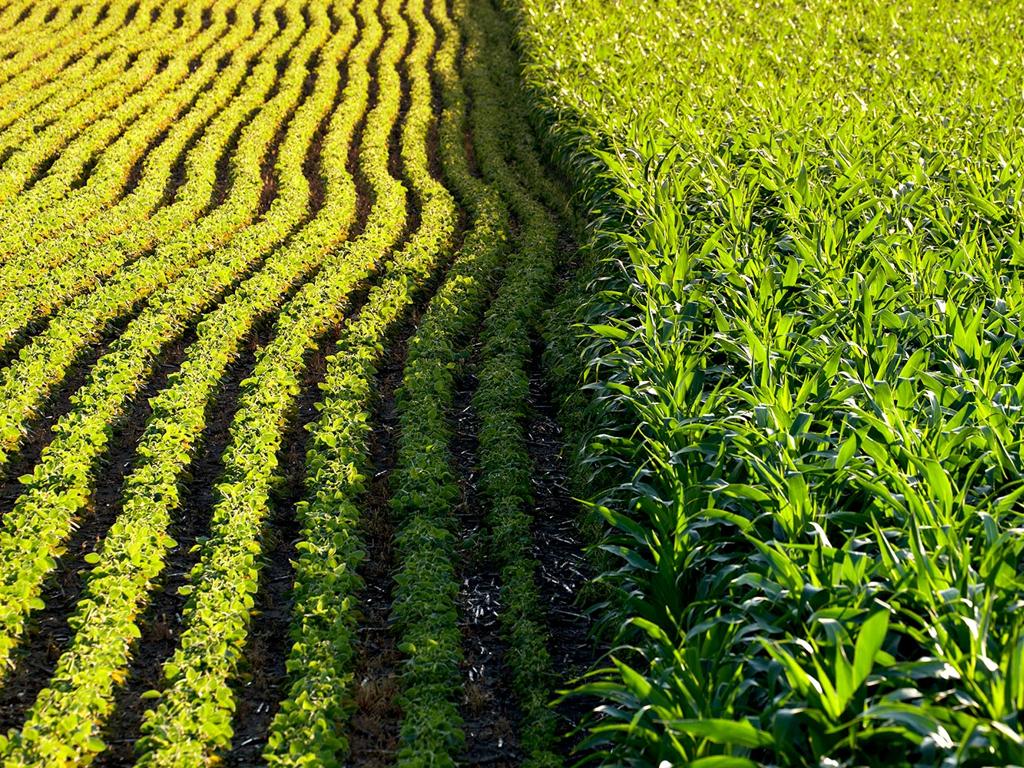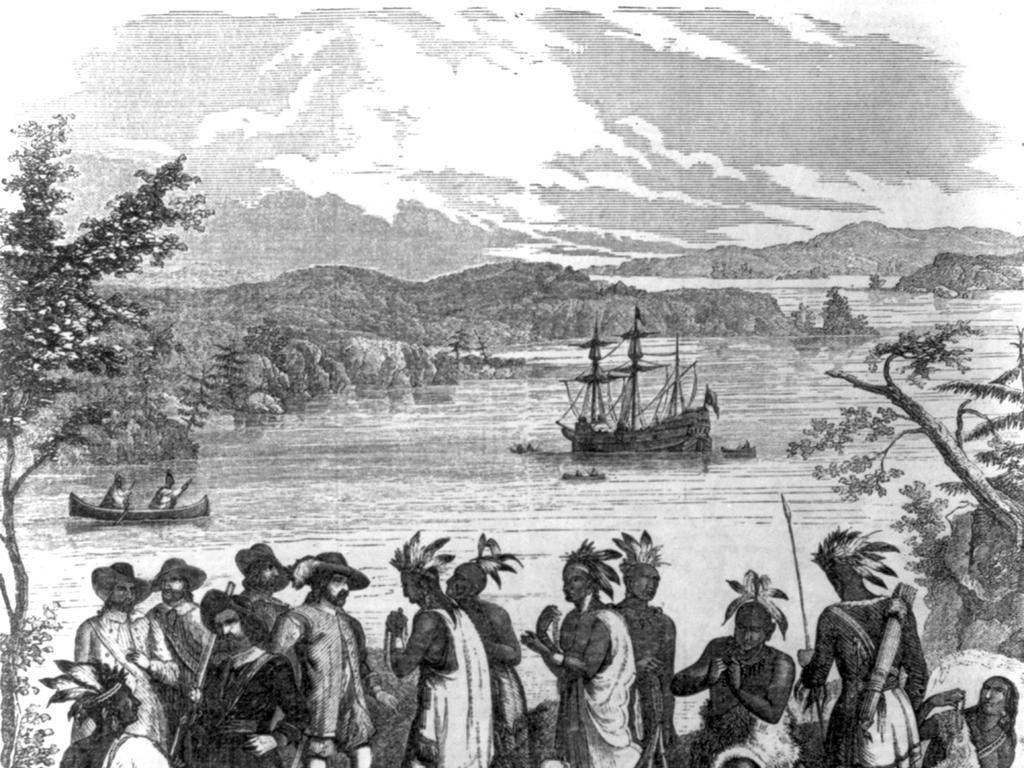Identify Countries Of Asia: Review
Subject: Social studies
Grade: Sixth grade
Topic: Asia: Geography
Please LOG IN to download the presentation. Access is available to registered users only.
View More Content
Exploring Asia: The Largest Continent
– Asia: Earth’s largest continent
– Asia covers 30% of Earth’s land area.
– Diversity: Cultures, languages, landscapes
– Home to numerous ethnic groups, over 2,300 languages, and varied ecosystems.
– Asia’s geographical variety
– From the deserts of Arabia to the Siberian tundra, Asia’s terrain is vast and diverse.
– Recap: Continents of the world
– Reviewing what we learned about Earth’s seven continents.
|
This slide introduces students to Asia, highlighting its status as the largest continent both in terms of size and population. Emphasize the incredible diversity found within Asia, including a multitude of cultures, languages, and natural landscapes. Discuss the variety of geographical features, such as its deserts, forests, and tundra, and how these contribute to the rich tapestry of life across the continent. Use this opportunity to quickly recap the previous lesson on continents, ensuring that students can place Asia within the larger context of world geography. Encourage students to think about the diversity within their own classroom and how it may reflect the diversity found across Asia.
Exploring the Countries of Asia
– Total number of Asian countries
– Asia consists of 49 diverse countries.
– Asia’s regional divisions
– Divided into Central, East, South, Southeast, and West Asia.
– Highlight countries on a map
– Use a map to locate a few countries from each region.
– Discuss regional characteristics
– Each region has unique cultural, historical, and geographical features.
|
This slide aims to provide an overview of the vast and diverse continent of Asia, which is composed of 49 countries. It’s important to emphasize the division of Asia into five distinct regions, each with its own set of countries that share geographical and cultural characteristics. Use a map to visually highlight a few countries from each region, such as China in East Asia, India in South Asia, Kazakhstan in Central Asia, Indonesia in Southeast Asia, and Saudi Arabia in West Asia. Discuss with students the significance of understanding the geographical layout of Asia and how it relates to cultural and historical contexts. Encourage students to explore the map and identify countries they may already be familiar with, and introduce them to new ones to broaden their geographical knowledge.
Exploring Central Asia
– Locate Central Asian countries
– Kazakhstan, Kyrgyzstan, Tajikistan, Turkmenistan, Uzbekistan
– Historical Silk Road
– An ancient trade route connecting Asia and Europe
– Cultural landmarks
– Explore famous sites like Registan in Uzbekistan
– Diverse landscapes
– From steppes to deserts and mountains
|
This slide aims to review the countries of Central Asia and their geographical significance. Start by pointing out Kazakhstan, Kyrgyzstan, Tajikistan, Turkmenistan, and Uzbekistan on the map. Discuss the Silk Road’s role in the history of trade and cultural exchange between the East and West. Show images of cultural landmarks such as the Registan in Uzbekistan to give students a visual understanding of the region’s rich heritage. Highlight the diverse landscapes found in Central Asia, from vast steppes to arid deserts and towering mountains, to provide a sense of the physical geography. Encourage students to think about how geography can influence culture and history.
Exploring East Asia
– Countries of East Asia
– China, Japan, Mongolia, North Korea, South Korea, Taiwan
– Landmarks: Great Wall & Mount Fuji
– The Great Wall: ancient defense, Mount Fuji: iconic volcano
– Festivals: Chinese New Year
– A celebration to welcome the lunar new year
– Traditions: Japanese Tea Ceremony
– A ceremonial preparation and presentation of tea
|
This slide aims to review the countries of East Asia and introduce significant cultural aspects. Start by locating each country on a map. Discuss the Great Wall of China as a symbol of historical defense against invasions and Mount Fuji as a cultural icon of Japan. Highlight the Chinese New Year as a major festival that marks the beginning of the lunar new year with traditions such as family reunions, dragon dances, and fireworks. Explain the Japanese Tea Ceremony as a traditional cultural activity that involves the ceremonial preparation and presentation of matcha, or powdered green tea. Encourage students to think about the importance of these cultural elements and how they contribute to the identity of each country.
Exploring South Asia
– Countries of South Asia
– Afghanistan, Bangladesh, Bhutan, India, Maldives, Nepal, Pakistan, Sri Lanka
– The Himalayas’ significance
– World’s highest mountain range, affects climate and culture
– The Ganges River’s role
– Sacred river, supports agriculture and spirituality
– Cultural festivals: Diwali & Holi
– Diwali: Festival of Lights, Holi: Festival of Colors
|
This slide aims to review the countries of South Asia and highlight key geographical and cultural features. Start by listing the countries and locating them on a map. Discuss the Himalayas, emphasizing their impact on the region’s climate and their cultural significance as a natural barrier and a source of rivers. Explain the importance of the Ganges River in supporting life and its spiritual significance to the people. Introduce Diwali and Holi, explaining how these festivals reflect the rich cultural heritage of South Asia. Encourage students to think about how geography influences culture and daily life. This will help students appreciate the diversity and significance of the region’s physical and cultural landscapes.
Exploring Southeast Asia
– Countries of Southeast Asia
– Brunei, Cambodia, East Timor, Indonesia, Laos, Malaysia, Myanmar, Philippines, Singapore, Thailand, Vietnam
– Biodiversity and the Mekong River
– Home to diverse species; Mekong River is crucial for water, food, and economy
– Landmarks: Angkor Wat & Borobudur
– Angkor Wat: Cambodia’s temple complex, Borobudur: Indonesia’s Buddhist temple
– Cultural and Environmental Significance
|
This slide aims to review the countries of Southeast Asia, emphasizing their unique biodiversity, particularly around the Mekong River, which is vital for the region’s ecology and economy. Highlight the importance of landmarks such as Angkor Wat in Cambodia and Borobudur in Indonesia, not only as tourist attractions but also as cultural heritage sites. Discuss how these landmarks reflect the region’s history and the diversity of cultures within Southeast Asia. Encourage students to think about the relationship between geography, natural resources, and cultural development in the region.
Exploring West Asia
– Countries of West Asia
– Armenia to Yemen: 18 countries to locate
– Region’s oil reserves
– Oil is abundant, powering economies
– The Dead Sea
– Lowest land point on Earth, very salty
– The Fertile Crescent
– Birthplace of agriculture and civilization
|
This slide aims to review the countries of West Asia and highlight significant geographical and historical features. Students should be able to identify the 18 countries listed, understanding their location on the map. Discuss how the region’s vast oil reserves impact the global economy and geopolitical dynamics. Introduce the Dead Sea as a unique geographical landmark known for its extreme salinity and buoyancy. Explain the Fertile Crescent’s role as the cradle of civilization, where early agriculture and urbanization began. Encourage students to think about how geography can influence the development of societies and economies. Use maps and images to aid visual learning and engage students with questions about each point.
Class Activity: Mapping Asia
– Label Asian countries on a map
– Color each region distinctly
– Use provided maps as a guide for coloring
– Pair up for map discussion
– Discuss findings and techniques with your partner
– Compare maps with classmates
– Share insights on regional differences
|
This interactive activity is designed to help students visually and collaboratively learn the geography of Asia. Provide each pair with a blank map and colored pencils or markers. Encourage them to refer to atlases or classroom maps to accurately label each country. Instruct them to color each region (e.g., Southeast Asia, Central Asia) in different colors to enhance their understanding of the geographical divisions. After labeling and coloring, students should discuss their maps with their partners, sharing strategies and insights. Finally, have a few pairs present their maps to the class to foster a discussion on the diversity of the Asian continent. This activity will reinforce their knowledge of Asian countries and regions through hands-on learning and peer interaction.
Review: Countries of Asia and Their Geographies
– Recap Asian countries and regions
– Q&A session for clarification
– Geography’s impact on culture
– Mountains, rivers, and climate influence traditions and lifestyles.
– Daily life variations across Asia
– Compare urban vs rural life, coastal vs inland regions.
|
This slide aims to consolidate the students’ knowledge of the countries and regions of Asia that were covered in the lesson. Begin with a brief review of the key points discussed. Then, open the floor to students for any questions they may have, fostering an interactive environment. Proceed to discuss the profound influence of geography on the cultural practices and daily lives of people in different Asian regions. Highlight how physical features like the Himalayas or the Gobi Desert shape local customs, agriculture, and economies. Encourage students to think about the contrasts between life in densely populated cities like Tokyo versus life in the rural countryside of countries like Vietnam or Nepal.
Homework: Explore an Asian Country
– Research an Asian country
– Include geography and culture
– Cover physical features, climate, and major cities
– Find one interesting fact
– Share traditions, language, food, and holidays
– Present your findings next week
|
This homework assignment is designed to deepen students’ understanding of Asia’s diverse geography and rich cultural tapestry. Students are expected to select one country from Asia and conduct thorough research on various aspects of the country, including its physical geography like mountains, rivers, and climate, as well as cultural elements such as language, cuisine, and festivals. They should also look for an intriguing fact about the country that might surprise or engage their classmates. This task will help students develop research skills and prepare them to confidently present their findings to the class. Encourage them to use reliable sources and to create a presentation that is both informative and visually appealing. Provide guidance on presentation skills and remind them of the due date to ensure timely completion.






